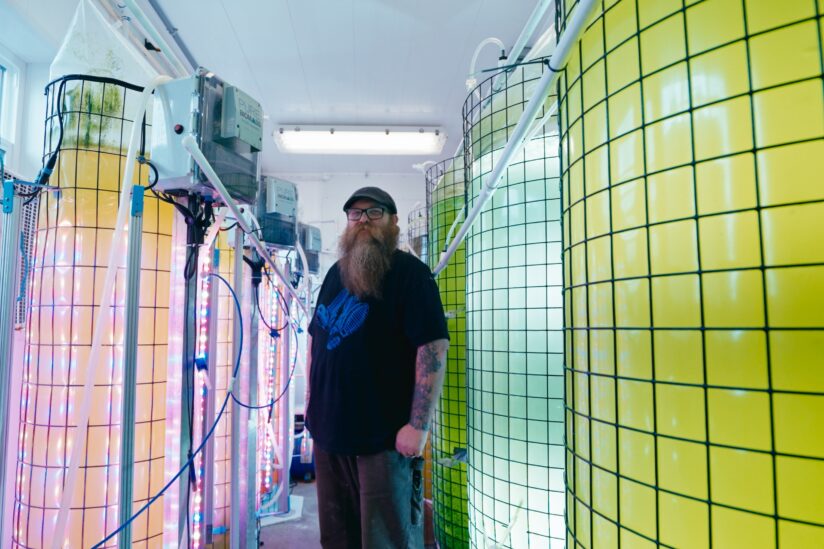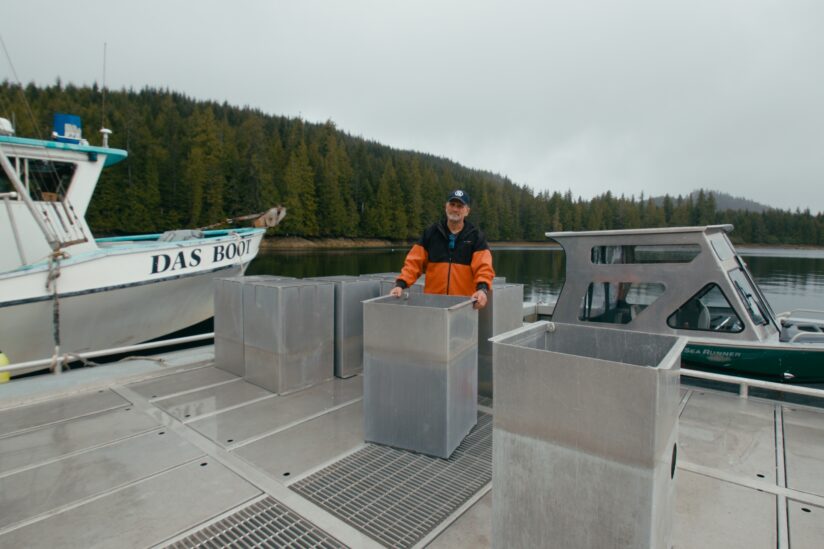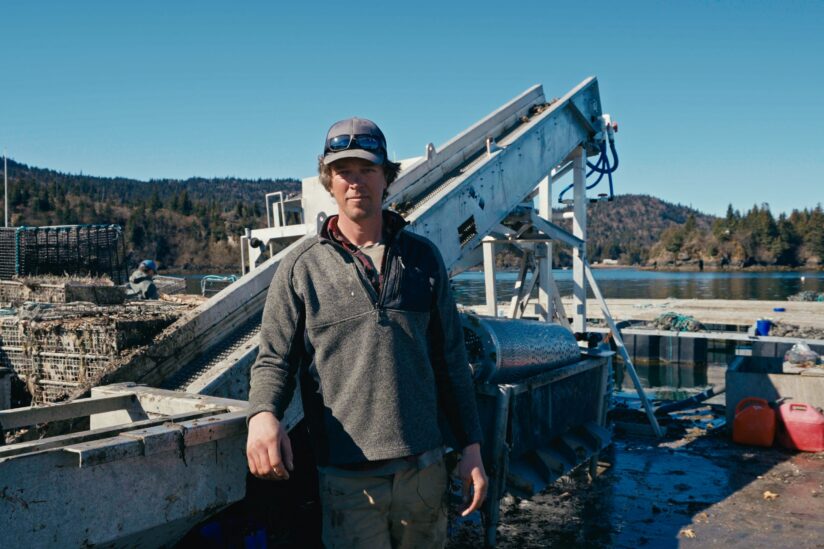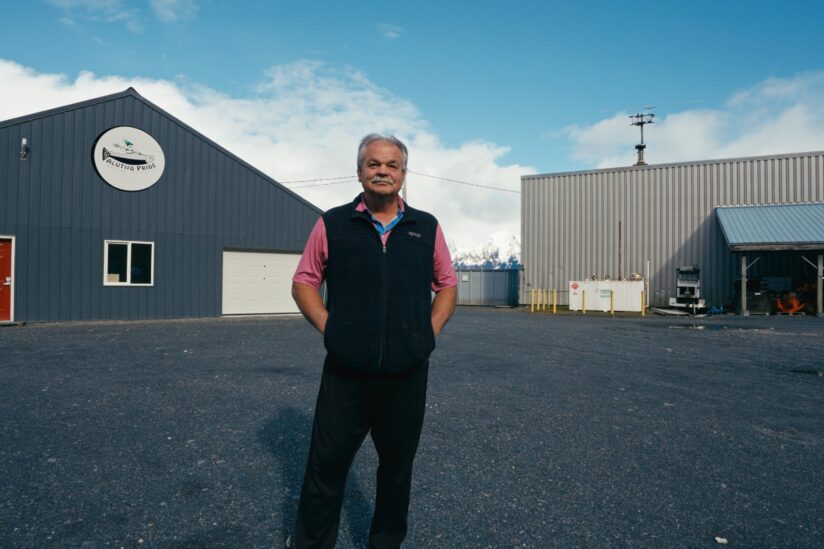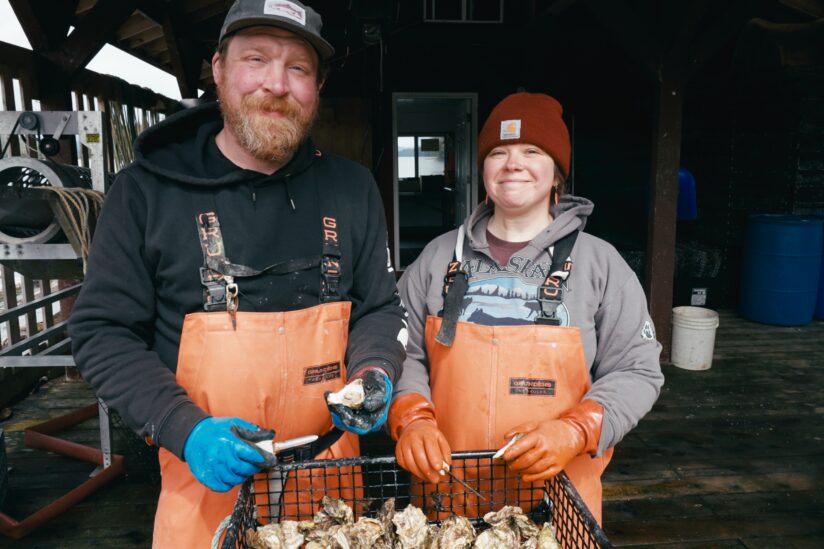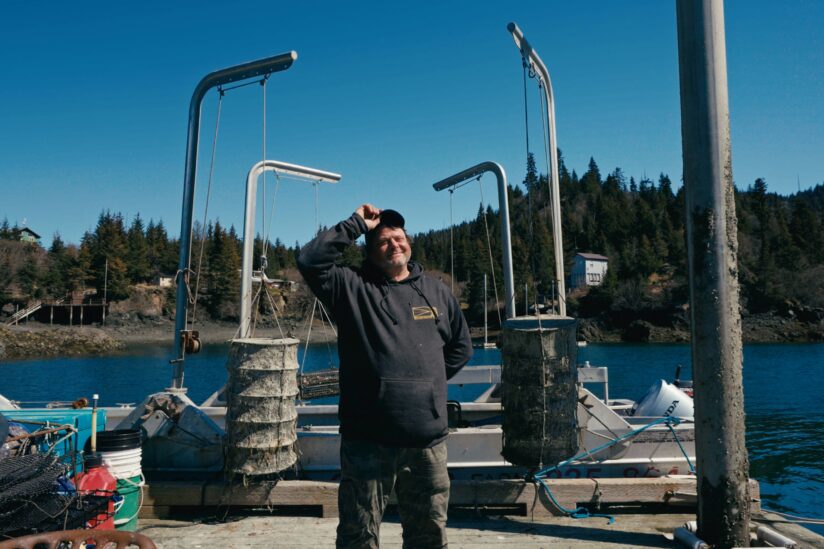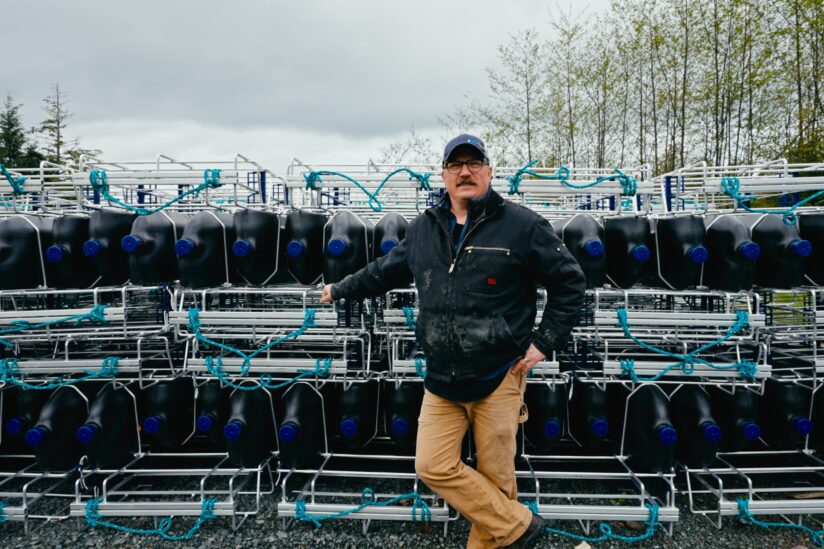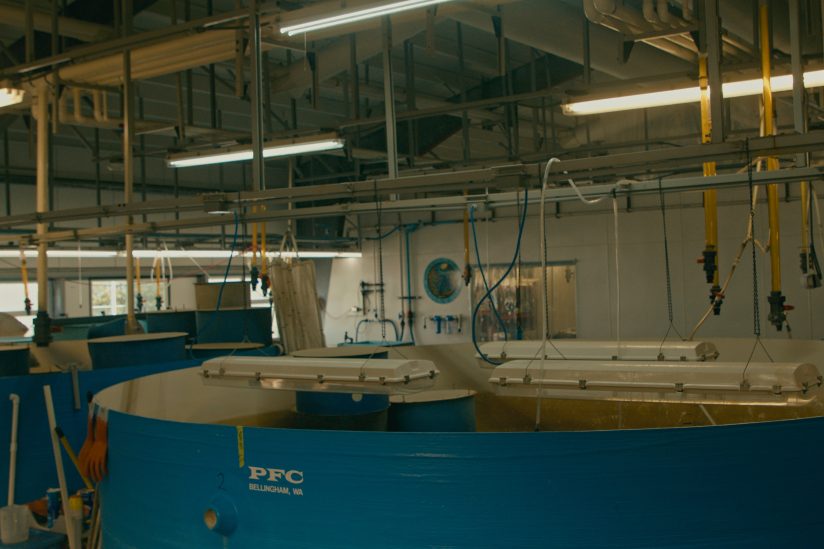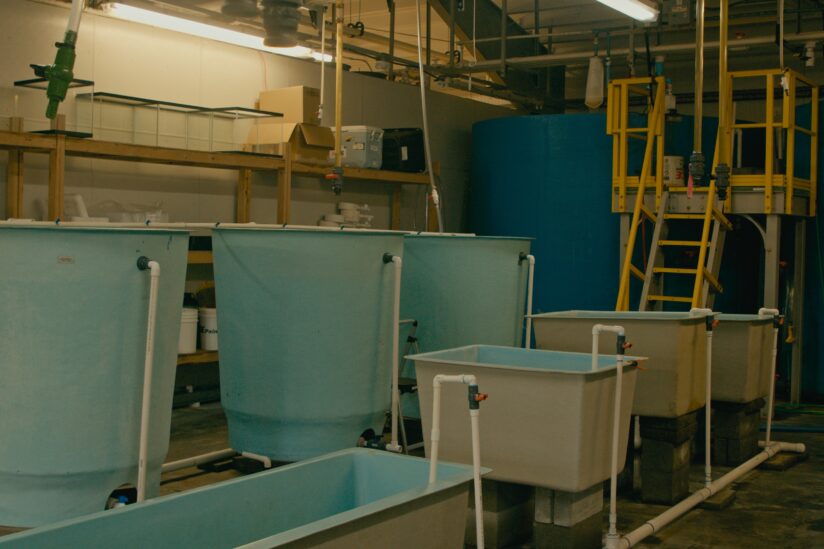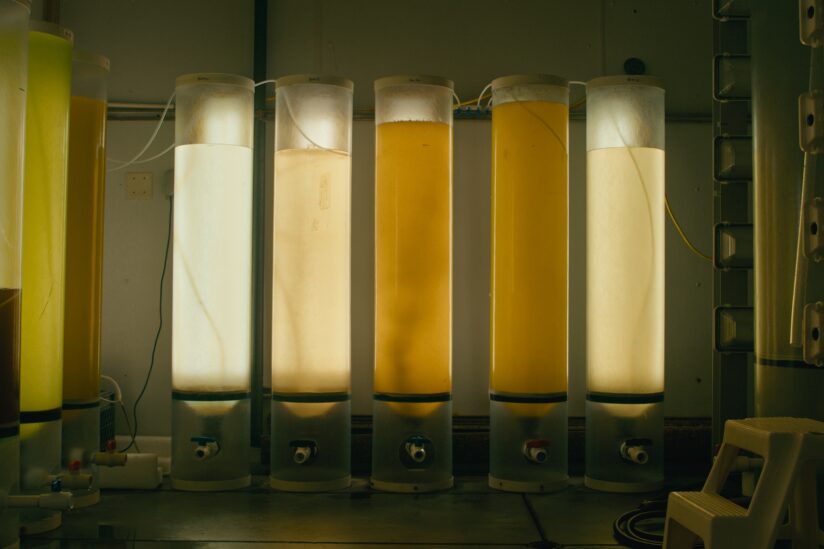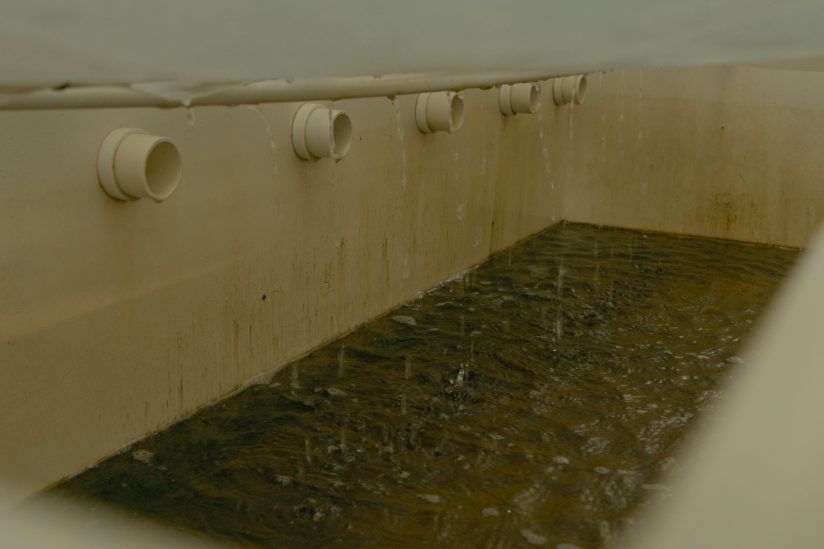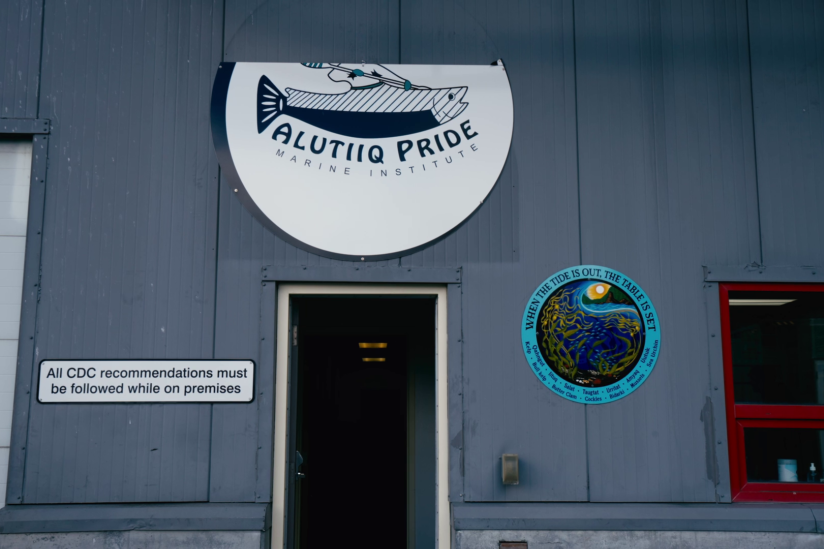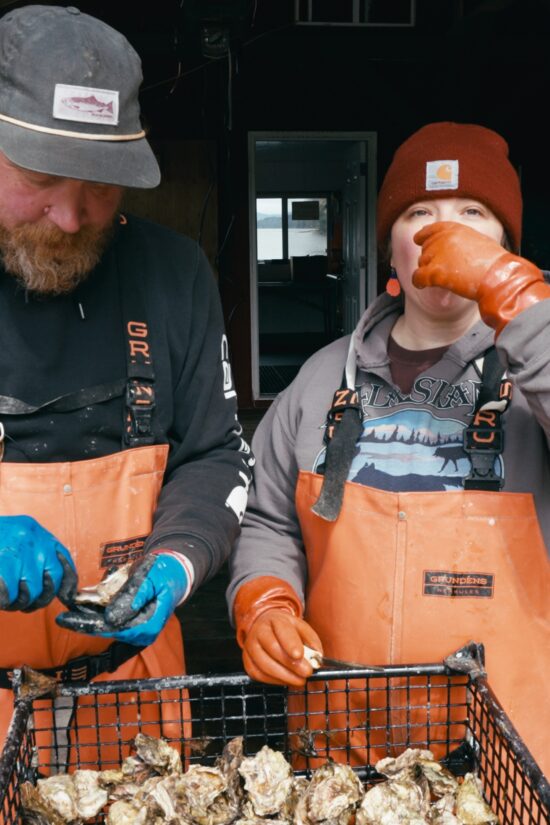
Human capital is one of the Alaska mariculture industry's main advantages, due to the high proportion of people who are used to living and working on the coast.
Farmers, as well as the individuals working on processing, product and market development, R&D, and sales are the cornerstone of the local sector and the landscape, offering a promising future.
- Age of principal farmer
- Majority between 30 - 45
- Time as a farmer
- On average 12 - 15 years
- Generation as farmer
- 1st
- Type of labor
- Family, friends, and seasonal workers
- Part of farmers association
- ~50%
- Gender
- ~50% females as co-founders/staff members
- Staff
- On average 2 permanent staff, and 2 - 5 seasonal workers
- Indigenous
- ~30%
-
15.7% Indigenous of Alaska’s general population
- Other income sources
- ~50% commercial fishing in summer season
- External support
- R&D project grants, subsidies for equipment
We have some of the best people in the world for what we're doing out here. We have the most knowledgeable people from the industry, and with the local native people, you're talking years and years of traditional and ecological knowledge and putting it into play.
Faces of the Industry
Environment, industry, and market-oriented R&D Native Alaskan-owned facility
Case study Alutiiq Pride Marine InstituteSpecies: 10 species of shellfish, 8 species of seaweed, and red sea cucumber
Capacity: N/A
A tribally managed marine research facility located in Seward, Alaska, serves as a major subsidiary of the Chugach Regional Resources Commission, a tribal consortium established for the purposes of management and advocacy in the preservation of natural resources and livelihood opportunities for the native peoples of Southcentral Alaska.
Mariculture is the logical fit for our tribes and communities as they live in coastal areas, own vessels, and possess the maritime skills to work on the water. Part of our purpose is to provide economic development for our people, and so we're really hoping that the local mariculture industry offers that opportunity for our communities.
Innovations & approach
Notable features
- Works on industry and market oriented R&D. The facility is conducting numerous experiments on many different shellfish and seaweed species to tackle real industry hurdles such as enhanced spawning, closing life cycles, feeding, changing ocean conditions, optimizing growing conditions, and reproduction rates.
- Works with communities to establish kelp farms and provide them with seeds, training, and technical support across the supply chain to enable local jobs, food security, and financial opportunities.
- Includes an ocean acidification laboratory, which studies potential acidification effects and mitigation strategies. Undertakes sampling and monitoring programs (for local communities and beyond) with the unique capacity to measure ocean acidification at a very high level. Houses marine organisms stocks at the stage that they're most susceptible to ocean acidificationit, to conduct trials on how they might be affected.

